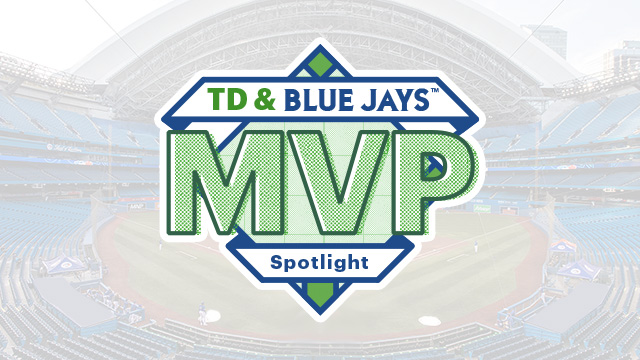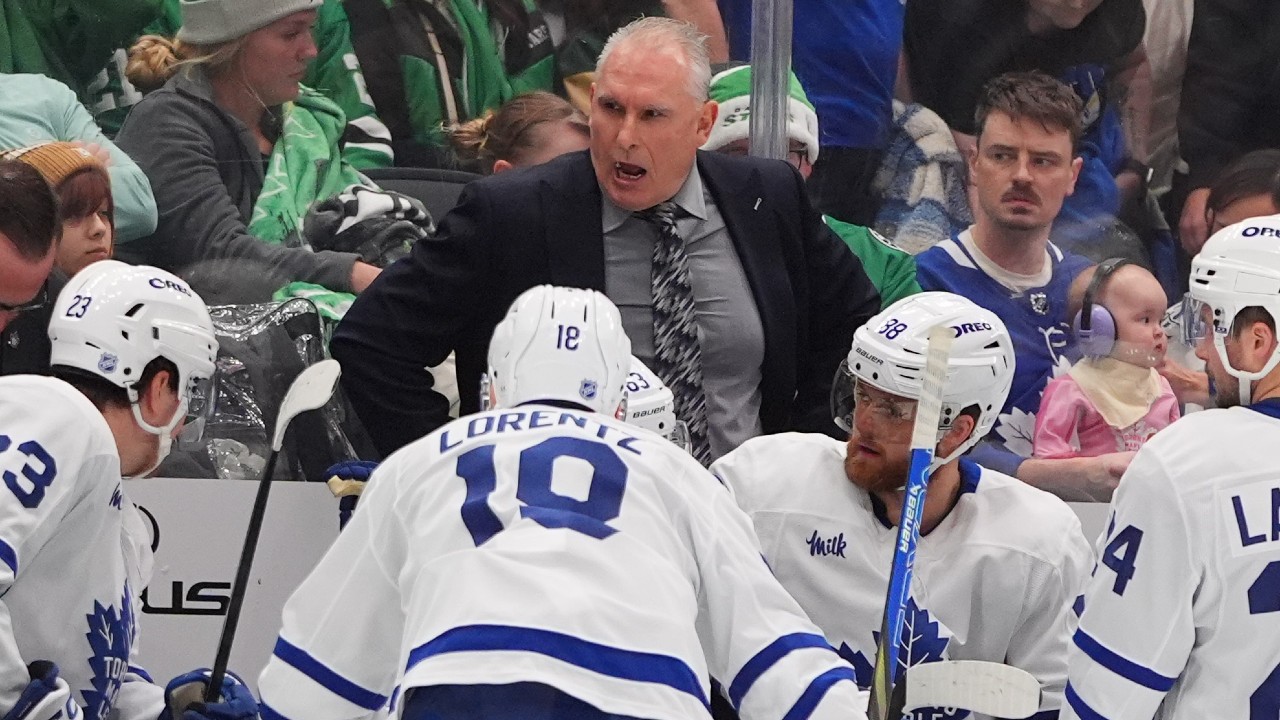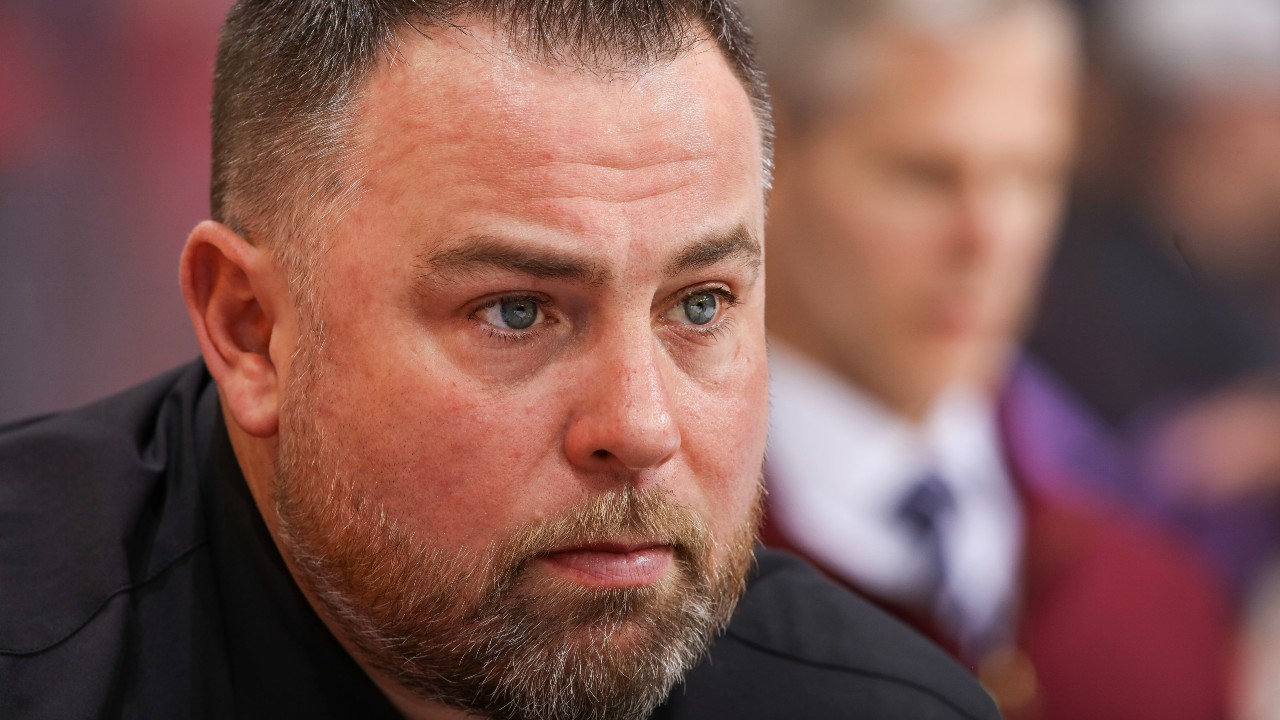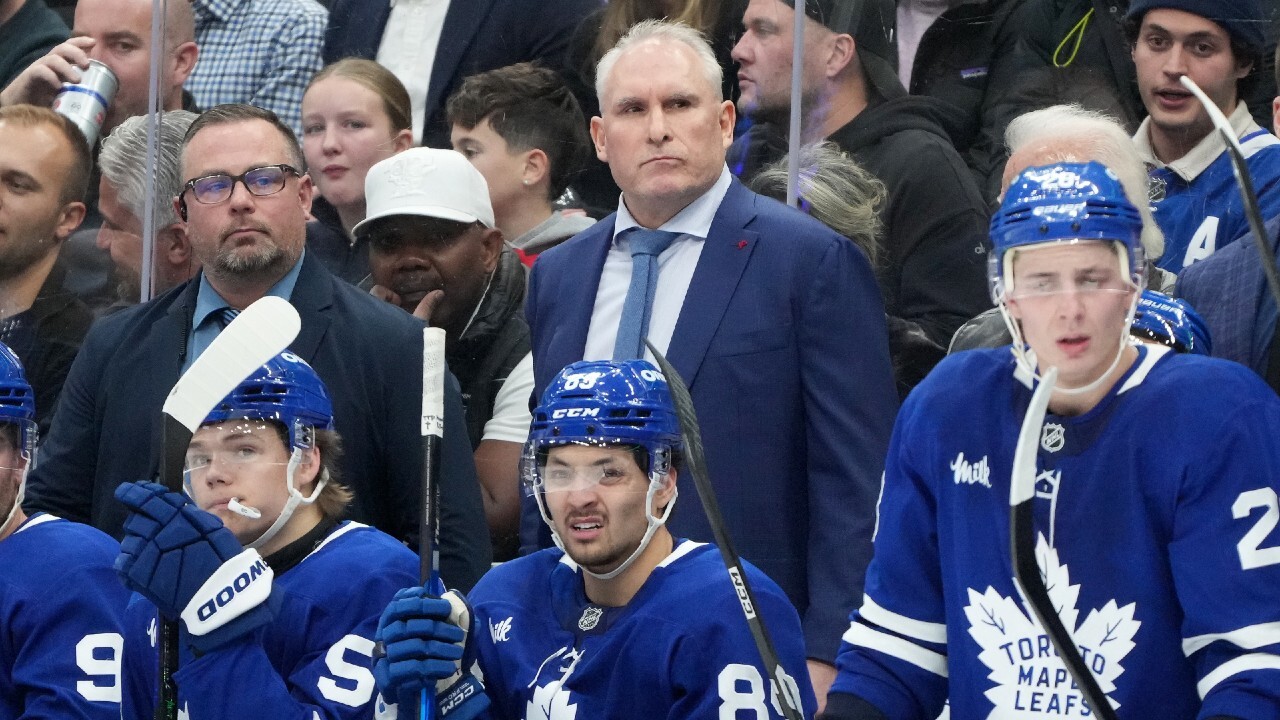
TORONTO – Now that the rush and frenzy from Sunday’s madcap regular-season finale has ebbed, the near-miss of a Game 163 and falling one game short of a wild card amid trying circumstances shouldn’t obscure the real target for the Toronto Blue Jays.
The goal can’t be to catch the Boston Red Sox and New York Yankees to play in a winner-takes-all coin-flip, but to chase down the American League East champion Tampa Bay Rays, who finished nine games ahead of them in the standings.
How wide the gap between them is intriguing, because analytically, the numbers are closer than the games-back column suggests. The Rays scored 857 runs, 11 more than the Blue Jays, and allowed only 651, a mere 12 fewer. In terms of run-differential, the margin of 206-183 suggested there should have only been a two-game separation.
Yet the financially restricted but ever-creative Rays, ongoing flirtations with Montreal and all, comfortably won the division for a second straight year, and the Blue Jays are home thumbing a dense catalogue of 2021 moment lament.
Why they weren’t closer, or even ahead of their long-time nemesis, is one of the most important questions for general manager Ross Atkins this winter. And once he and the rest of the front office answers that, they must settle on the moves to track down the American League’s clear pace-setter.
“It’s interesting. We’re different teams,” Atkins said Wednesday during his season-ending chat with media. “I think that we are as talented and that we can certainly compete with them – I don’t see a large gap. They’ve done an exceptional job of preventing runs over the years. And this year they just did a great job of scoring them as well. They have a little bit more team speed. We have a lot more power. Individually, we had performances that I think as these guys come together as a group and as a team and get some consistency in and around them, we’re going to be right there with them. But we’ve got to continue to strive to be above them, not just right there with them.”
There are some interesting things to parse there, particularly the suggestion that continued internal development will do some of the work. No doubt that further growth from Vladimir Guerrero Jr., Bo Bichette, Alek Manoah, Danny Jansen, Alejandro Kirk and Nate Pearson will help, as will the maturation of Teoscar Hernandez and Lourdes Gurriel Jr., that’s better established who they are.
Still, whether it was talent, execution, planning, deployment or luck, the Rays played truer to their win expectancy than the Blue Jays did. One primary factor there was ghastly relief work during two especially costly stretches – a 4-7 run May 20-30 during which losses were decided in the final at-bat five times and once in the eighth, and a 2-5 run June 11-17 when the Blue Jays lost twice in the final at-bat, once in the eighth and another in the seventh.
Blaming the bullpen alone is too easy, though, as defensive lapses and a potent lineup on occasion left vulnerable by its severe right-handed tilt also contributed.
To that end, Atkins pointed to creating more diversity on offence as a way to complement the current group, noting the difference when Corey Dickerson and Cavan Biggio were in the lineup and contributing.
“It’s not just that they’re left-handed, but how we are attacked and potentially the pitchers that are used is different,” he explained. “Secondarily, we feel it’s important to have balance and not just the same type of hitters up and down your lineup. So some players that are more batting average driven and some players that are more on-base driven with plate discipline. Having both is exceptionally powerful.”
Getting there is, obviously, the tricky part, and worth noting is that before the trade deadline, the Blue Jays took a run at Cleveland third baseman Jose Ramirez and Detroit outfielder Robbie Grossman, a hint at the type of players they think can address those issues.
Whether or not those talks can be rekindled this winter is uncertain, but clear is that the Blue Jays are facing significant subtractions in Marcus Semien, Robbie Ray and Steven Matz.
Atkins offered the usual bromides at their pending free agencies and while bringing them back is important, what the Blue Jays also need is the financial efficiency the trio offered.
Not only did they deliver 13.3 wins above replacement, according to FanGraphs’ formula, but they also did so for a combined $31.2 million. It’s possible that Semien and/or Ray alone could each earn a number in that neighbourhood next year. And when you consider the slate of significant arbitration raises coming led by Guerrero, Berrios and Hernandez, well, it’s pretty clear they won’t all be back, even with a payroll bump.
Atkins suggested such a boost from the estimated $140 million spent this year is coming – “that is our desire and that is our understanding,” he said – and how high it goes will determine how deep in the lake the Blue Jays get to fish.
Already they have about $65 million committed to George Springer, Hyun Jin Ryu, Randal Grichuk and Gurriel. With Guerrero set to approach or challenge Cody Bellinger’s record $11.5 million salary for first-year arbitration-eligible players, Berrios and possibly Hernandez also in that neighbourhood, and raises coming for Ross Stripling, Adam Cimber, Trevor Richards and Jansen, the Blue Jays will move near last year’s level quick before improvements are made.
At some point, Guerrero and Bichette will require megadeal extensions, too. And while the Blue Jays’ payroll commitments clear up beyond 2023, when Springer becomes the only guarantee on the books, they’ll have to balance new adds against ensuring the payroll capacity to lock in the franchise cornerstones.
Hence, Atkins didn’t rule out another “very significant deal with a lot of term to it, maybe more than one,” although he also noted that clubs also “need to have that five- and six-year understanding for what that means for the team and the organization.”
Another consideration, however, is what not leveraging another opportunity with this group will mean for the organization.
The financial discounts of the pre-arb years for several of their top players are waning, if not gone – Guerrero gets paid now, Bichette starts getting paid after 2022 – while Berrios can hit the open market after next season, Hernandez, Ryu and Grichuk the year after that.
Guerrero and Bichette, meanwhile, will be eligible for free agency after the 2025 season, which is both a long way off, and coming sooner than you think.
The clock on players doesn’t tick as fast for them as it does for the Rays, who regenerate more effectively than anyone else in baseball, and that’s one clear edge they have on their rivals. In spite of that, the Blue Jays used their spending power to close some of the gap this year but it wasn’t enough, and missing future opportunities will only be costlier.






